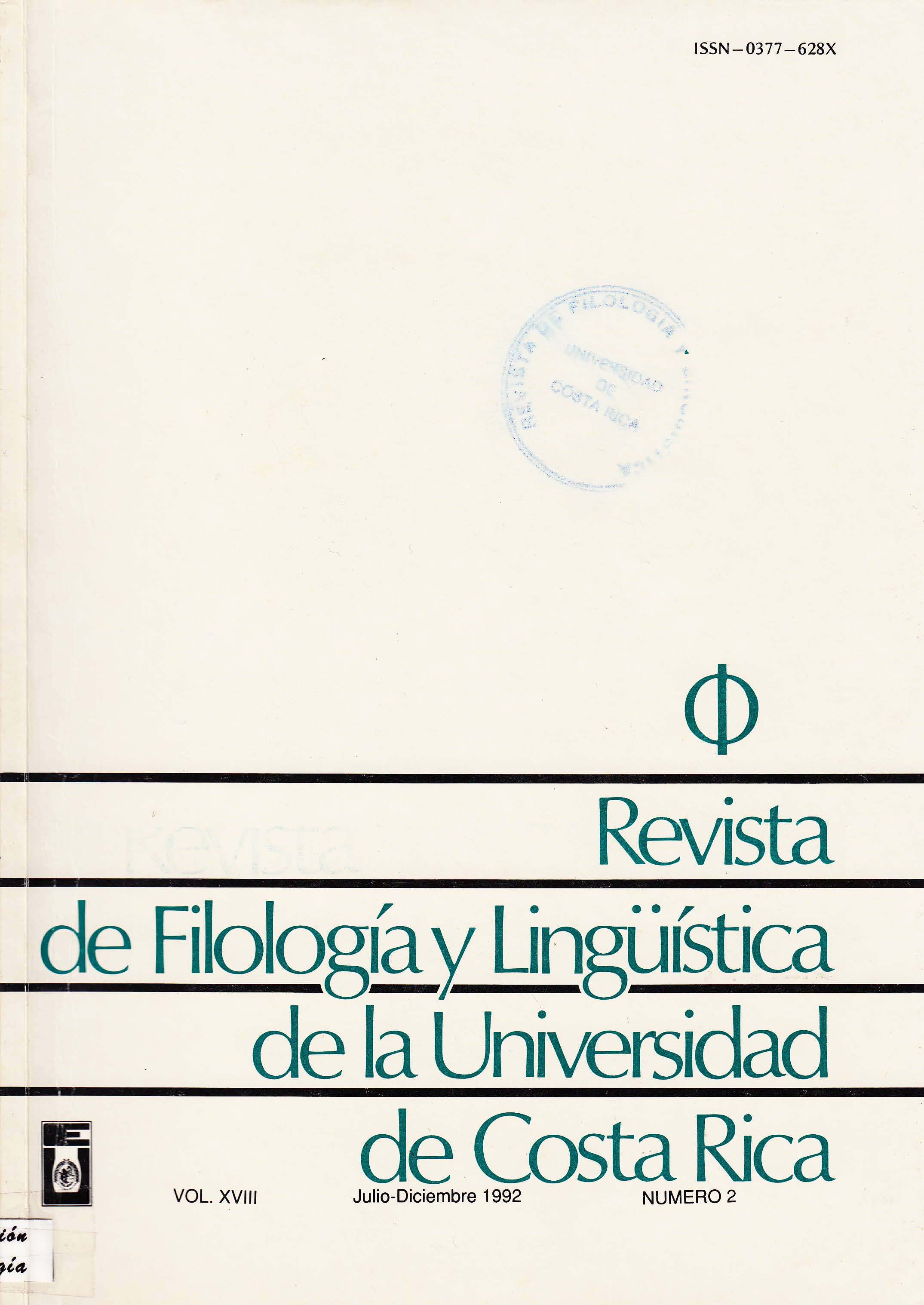Resumen
Perspectivas de la Inteligencia Artificial y Ciencias de la Computación son muy fructífero en el desarrollo de formalismos para el análisis del lenguaje natural y la comprensión. En este artículo presento algunos aspectos generales de una perspectiva teórica ampliamente utilizados en la descripción de las lenguas naturales. Este enfoque se basa en los recursos computacionales, especialmente los que se derivan de la programación lógica, en la que el algoritmo de unificación juega un papel importante. En la primera sección describo los orígenes de la unificación. En la segunda sección le doy una perspectiva matemática que subyace formalismos para el análisis de las lenguas naturales. En el tercer y cuatro secciones, presento dos enfoques diferentes que utilizan la unificación como la única operación, es decir, gramáticas categoriales y gramáticas sintagmáticas.
Insights from Artificial Intelligence and Computer Science are very fruitful in the development of formalisms for natural language analysis and comprehension. In this paper I present some general aspects of a theoretical perspective widely used in the description of natural languages. This approach is based on computational resources, specially those that derive from logic programming, in which the Unification algorithm plays and important role. In the first section I describe the origins of unification. In the second section I give a mathematical perspective that underlies formalisms for natural languages analysis. In the third and four sections, I present two different approaches that utilize unification as the only operation, namely, categorial grammars and phrase structure grammar.
Citas
Barlow(1988) Unification and agreement. CSLI, Stanford University.
Gazdary otros (1985) Generelized phrase structuregrammar. The MIT Press, Cambridge.
Josew(1986) "Montague Grammar and FirstOrder Logic" en: Categorial grammar,unification grammar and parsing. Edinburgh University; pp 143- 194.
Kaplany Bresnan (1982) The mental representationof syntactic structure. MIT.
Karttunen (1986) "Features and Values" en Shieber et al. (1986) A compilation of papers on unification-based grammar formalisms. Parts I and 11, CSLI, Stanford University; pp 17-33.
Knight(1989) "Unification: An Interdisciplinary Survey"En: Computer survey.
Lewis (1970) "General Semantics". En Partee (editor) (1976) Montague grammar. Academic Press,USA; pp 1-53.
Pereira y Shieber (1986) "The semantics of Grammar Formalisms Seen as Computer Languages" En Shieber et al. (1986); 37-54.
Pollard (1984) Generalized context-free grammars, head grammars and natural language. Tesis de doctorado, Stanford University.
Pollard y Sag (1987) Head-driven phrase structure grammar: An informal synopsis. CSLI, Stanford University.
___________(1987a) Information-based syntax and semantics. Vol. 1. CSLI, Stanford University.
Robinson (1965) "A Machine Oriented Logic Based on the Resolution Principie" En: Journal of the Association of Computer Machinery. Marzo (12).
___________(1979) Logic: form and function. Elsevier North Holland Inc,. USA.
Scott (1982) "Domains for Denotational Semantics", ICALP, July
Shieber (1986) An introduction to unificationbasedformalisms. CSLI, Stanford University.
Thomason (1976) Formal philosophy: a compilation papers of Richard Montague.
Uszkoreit (1986) Unification categorial grammar. CSLI, Stanford University.
Vargas, Celso (1989) "Aspectos del Programa Lingüístico General de Montague" En Revista de Filología y Lingüística de la Universidad de Costa Rica.
Yoo y Lee (1988) Extended categorial grammar. CSLI. Stanford University.
Zeevat, Klein y Calder (1986) "Unification Categorial Grammar". En: Categorial grammar, unification grammar and parsing. Center for cognitive science. Edinburgh University. Vol.1.

